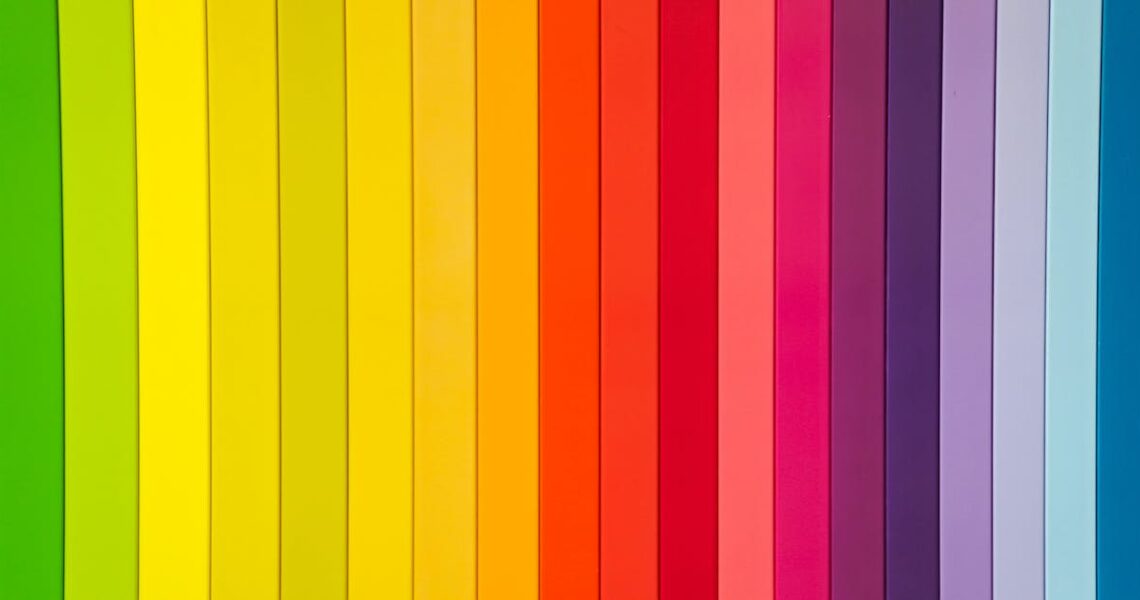Explorer les différents mouvements artistiques à travers les siècles
Art is an essential part of human civilization, capturing not only individual and collective emotions but also the history and progress of societies. Throughout the centuries, several artistic movements have emerged, each reflecting the socio-economic and political contexts of their time.
Era of Ancient Art: The Fundamental Expression of Artistry
The chronicle of artistic movements begins with Ancient Art, which dates back to civilizations from around 3000 BC to AD 400. The Egyptians, Romans, and Greeks, among others, showcased their cultures’ values and philosophies through their respective arts.
In ancient Egypt, for example, art was utilitarian and symbolic, focusing on themes of religion, government, and the afterlife. In contrast, ancient Greek art incorporated a new level of realism, humanism, and beauty into its statues, pottery, and architecture, while the Romans excelled in engineering with their aqueducts, roads, and buildings.
Evolution into Medieval Art: A Closer Connection to Divinity
Coming after the era of Ancient Art, the epoch of Medieval Art spanned from the 5th to the 15th century. Characterized by Christian themes, medieval art primarily served a religious purpose. The Christians of this period created sculptures, paintings, and mosaics depicting scenes from the Bible and the lives of saints.
Renowned examples of Medieval Art include the Book of Kells, the Bayeux Tapestry, and the colored glass windows in the Notre-Dame cathedral in Paris.
Renaissance Art: A Return to Antiquity
The Renaissance period, which spanned from the 14th to the 17th century, witnessed a "rebirth" of the arts and learning. Art in the Renaissance sought to embody the ideal of beauty and to restore the values and forms of classical antiquity.
Renaissance Art was marked by a deeper understanding of light, form, space, and perspective. Artists like Leonardo da Vinci, Michelangelo, and Raphael are representative of this period and are recognized for their works, such as ‘The Mona Lisa,’ ‘The Sistine Chapel ceiling,’ and ‘School of Athens,’ respectively.
Baroque and Rococo: Grandeur and Extravagance
The Baroque movement, between the 1600s and 1700s, was notable for its emotional intensity, grandeur, and dramatic contrast between light and dark. Paintings and sculptures depicted religious, historical, and mythological subjects and were characterized by a sense of movement, energy and tension.
Rococo, which followed the Baroque period in the mid-18th century, went for a lighter, more decorative approach. Integrating playful themes, delicate colors, curving forms, and intricate patterns, Rococo was associated opulence and grace, primarily found in interior design and decorative art.
The Art of The Modern Era : Expression of The Individual and Society
In the 19th century, art movements began to follow one another in rapid succession, each evolving or reacting against the one before. The Romanticism movement focused on emotion, imagination, and the individual. This was later challenged by Realism, which represented the realities of everyday life.
Impressionism came next, emphasizing the changing effects of light and color over precise detail. Soon after came post-impressionism, expressionism, cubism, surrealism, each offering their unique perspectives on how art should be perceived and created.
Artists like Vincent Van Gogh, Edvard Munch, Pablo Picasso, and Salvador Dali are famous representatives of the Modern Era, contributing works like ‘Starry Night’, ‘The Scream’, ‘Guernica,’ and ‘The Persistence of Memory.’
The Postmodern Era and Beyond: Exploring the Boundaries of Art
From the mid to late 20th century, postmodernism emerged as a reaction to the established conventions of art. It critically evaluated and deconstructed the ideas and values of previous movements.
Movements such as pop art, minimalism, and conceptual art gained prominence. Artists began experimenting with new materials and media, extending into performance, installation, and digital art.
Looking at the past, we can appreciate the diverse artistic movements that have shaped the world of art as we know it today. It is exciting to wonder what new movements the future might bring, as artists continue to push boundaries and explore new possibilities in their quest to express the human experience. It’s a continuous journey, an evolution that mirrors our culture, history, and societal shifts, underscoring the vitality and versatility of art as an enduring expression of humanity.
